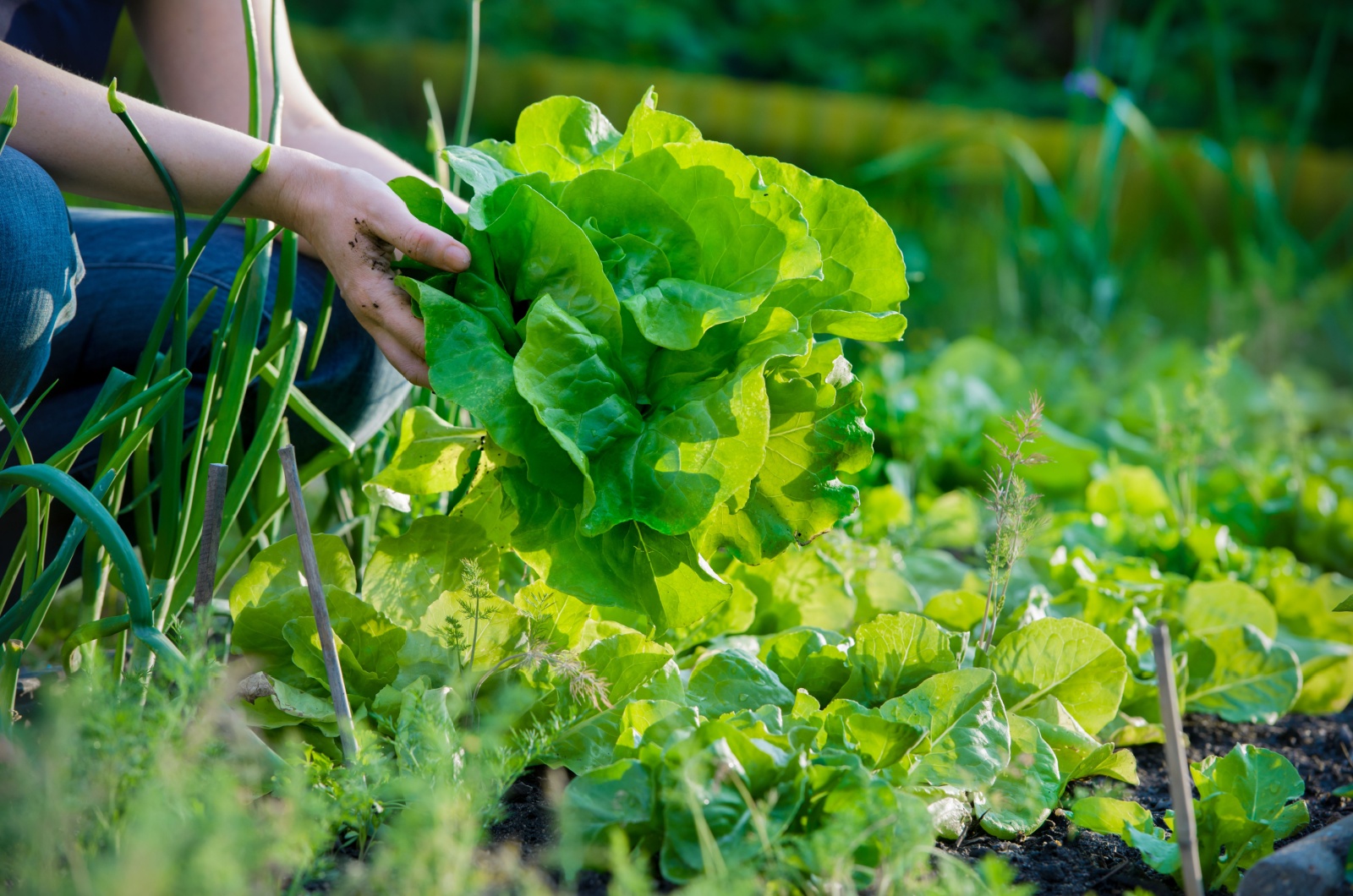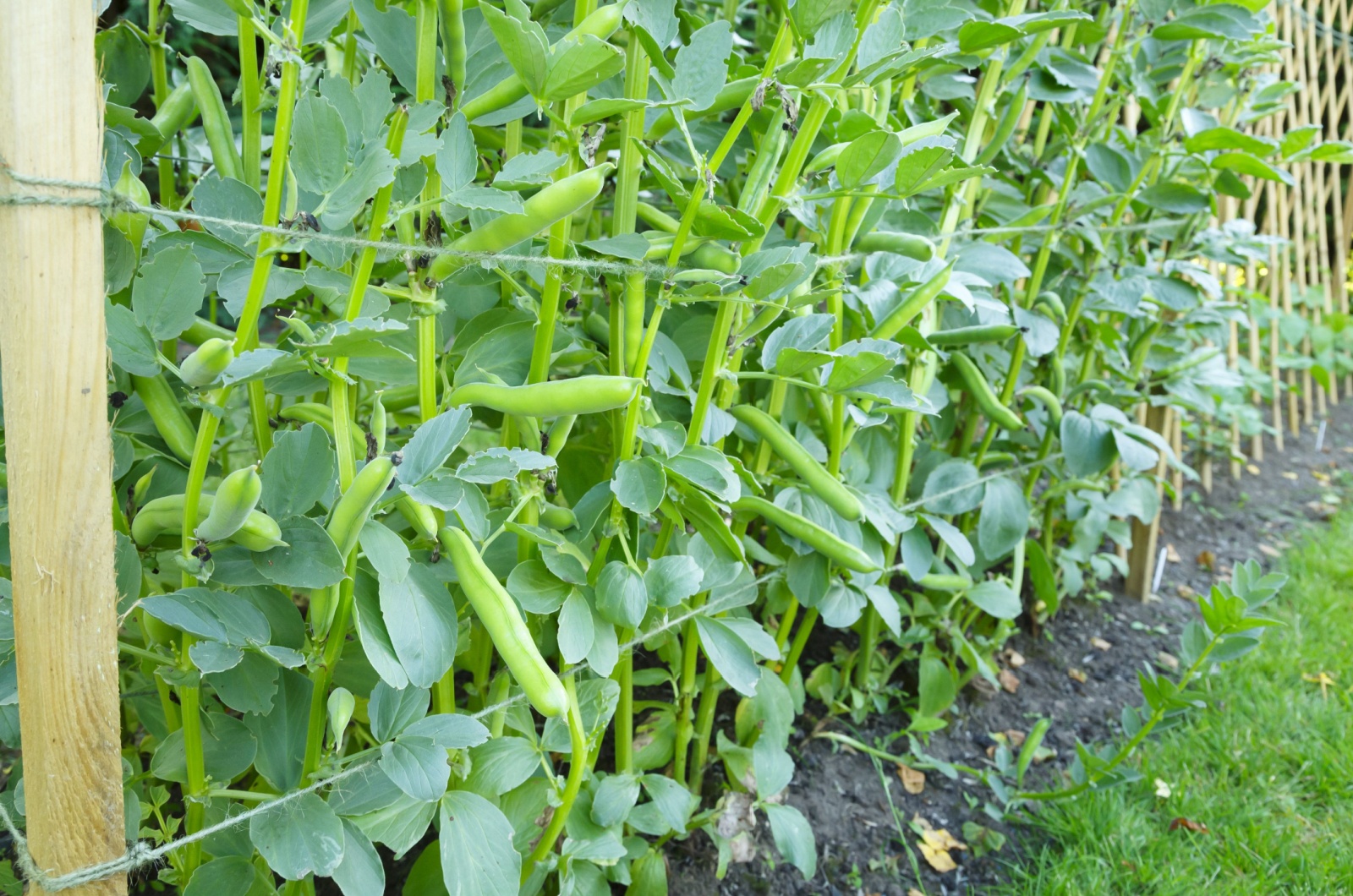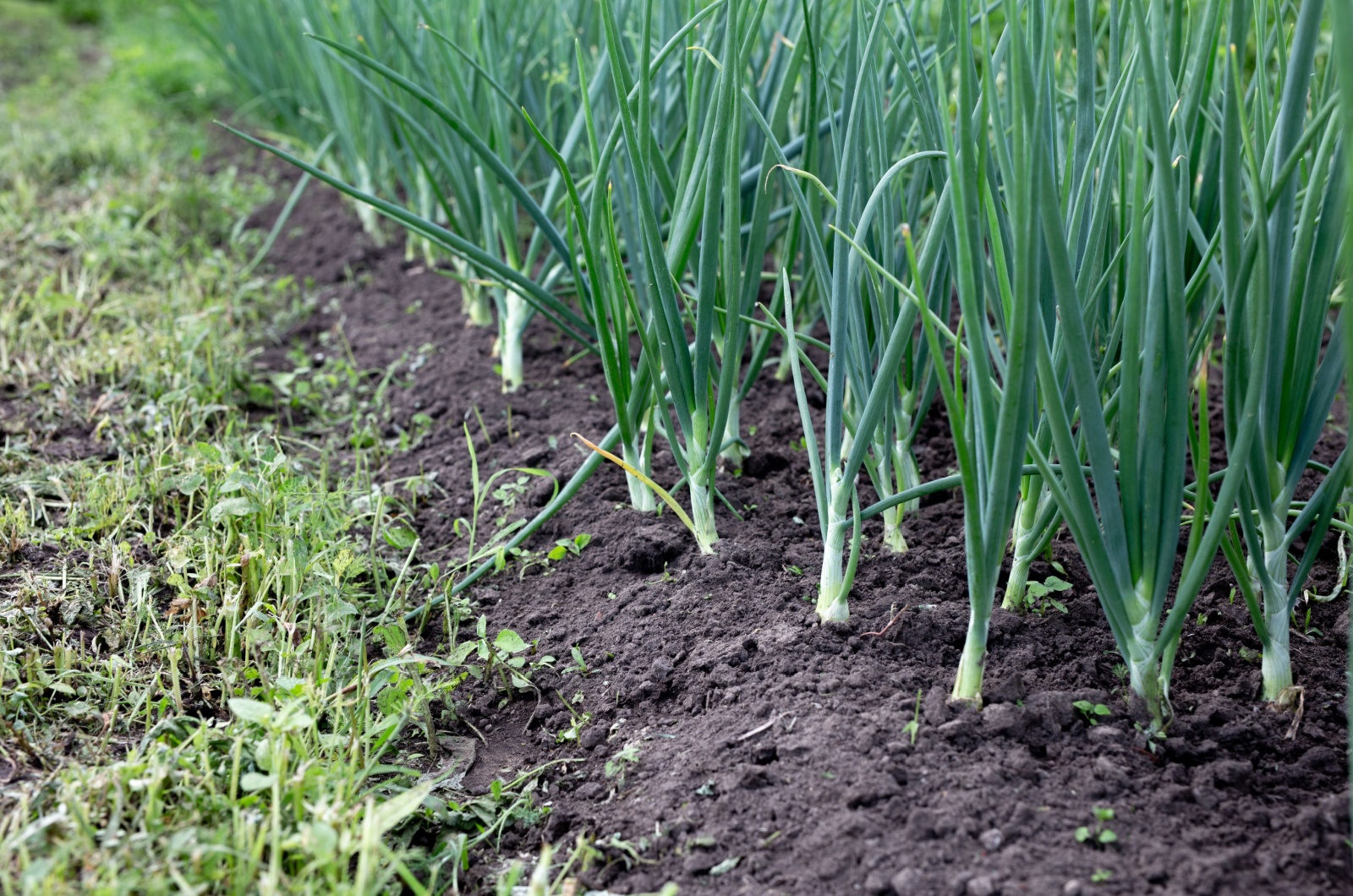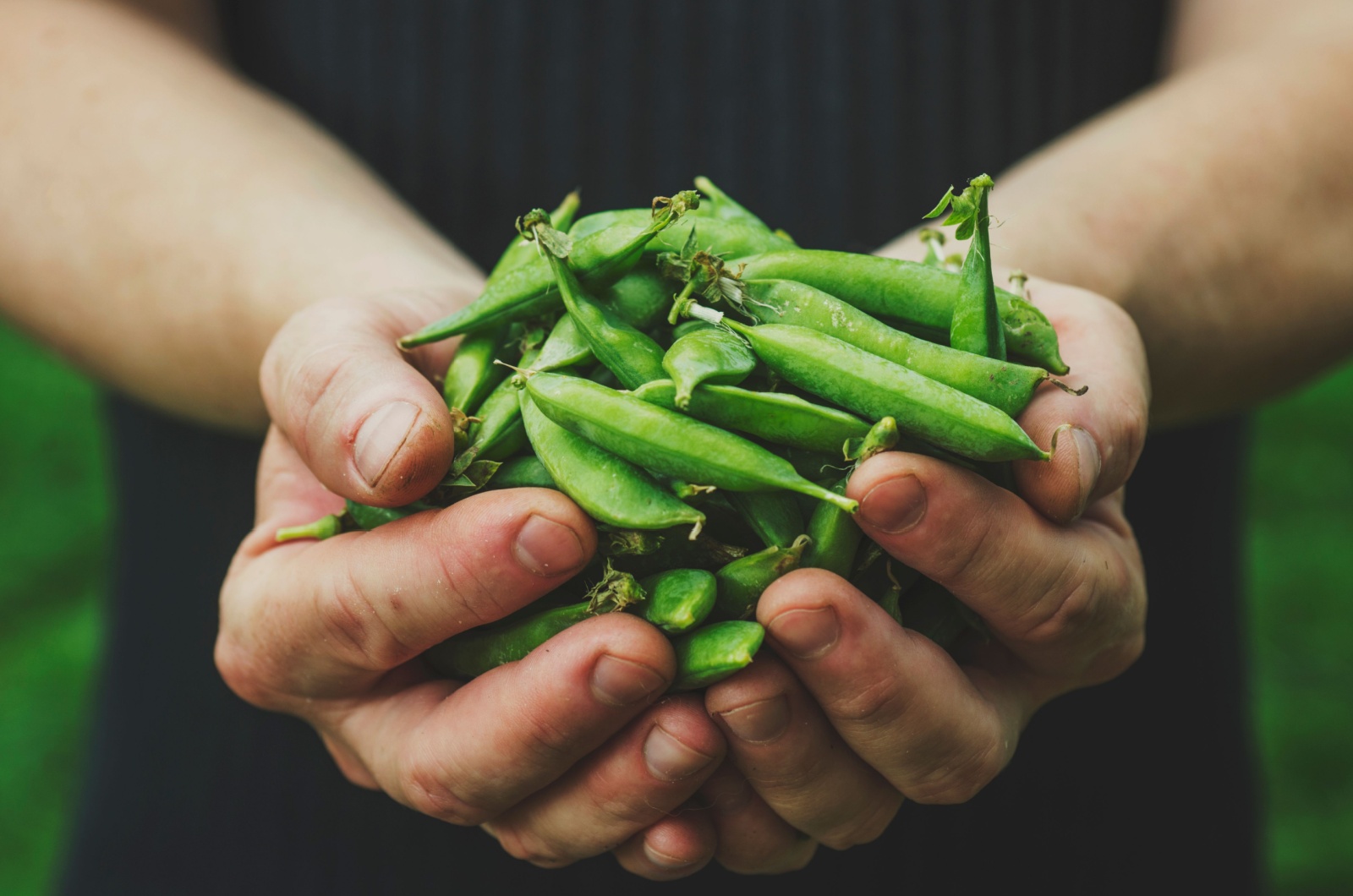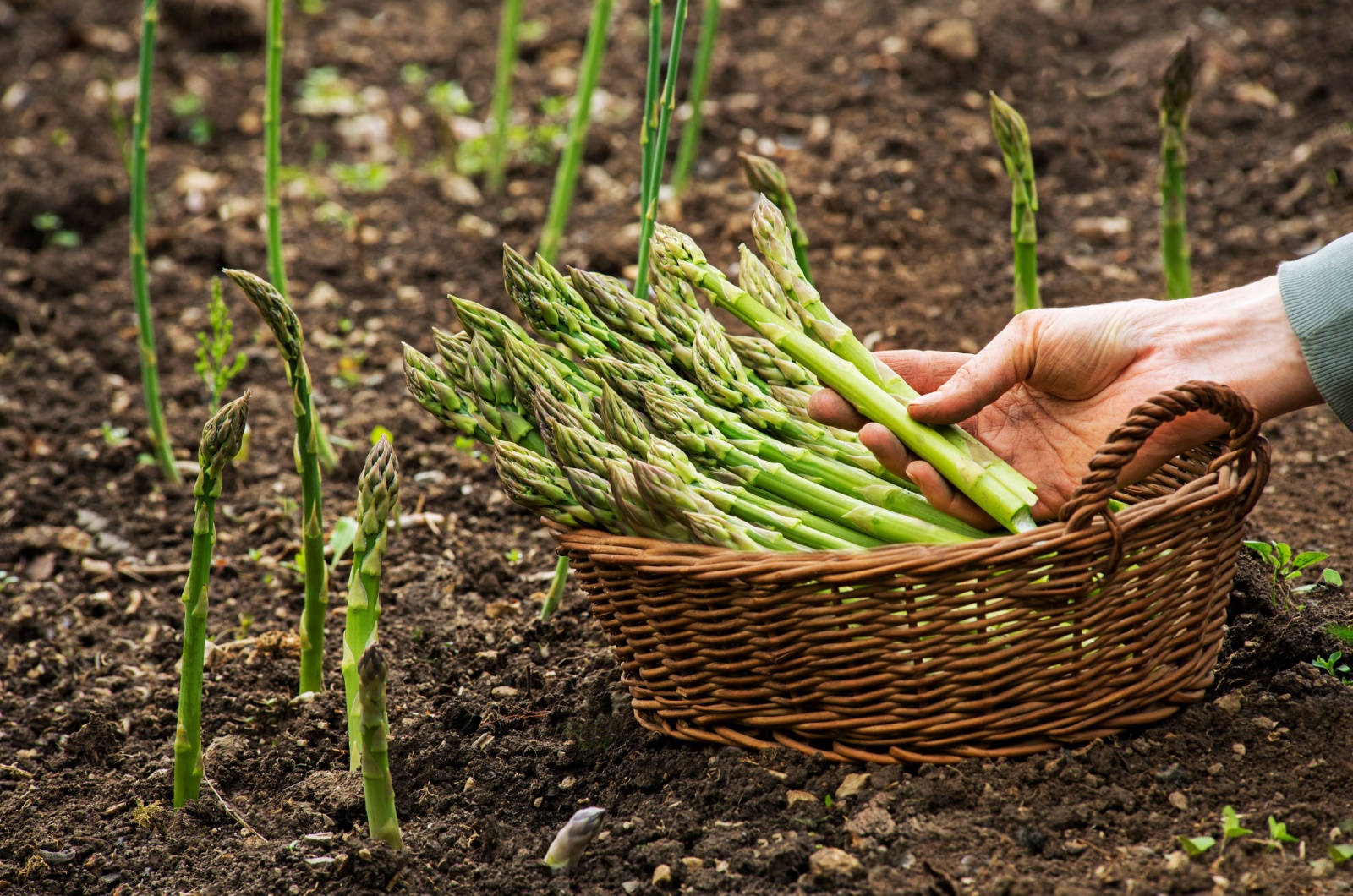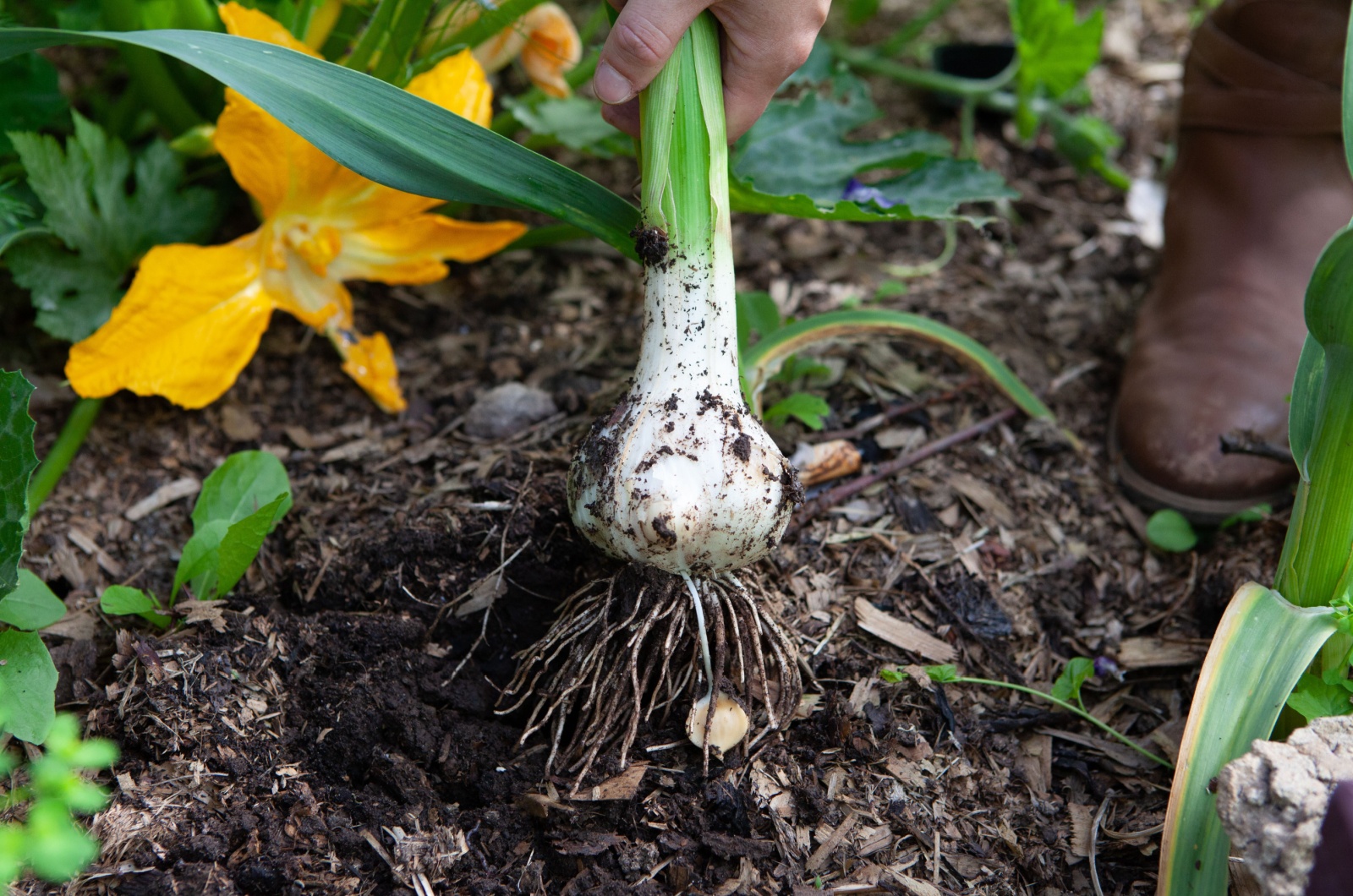November may feel like a slow time for gardening, but it’s actually a great month to plant some veggies for an early harvest next year!
Planting now lets crops settle in before winter so they’ll be ready to grow even stronger when the spring arrives. I love planting in November, especially on my birthday, when it feels like I’m planting my own little presents that’ll surprise me with deliciousness!
So, while most people focus on finishing up their gardens, others plant cool-weather crops to get a head start on the season. And if you like indoor gardening, you can plant leafy greens inside for fresh harvests all winter long.
You should start your November planting season with:
1. Salad Leaves That Just Keep On Growing All Winter Long
My mom used to plant leafy greens in November and we used to enjoy fresh salads all winter long!
And now I keep that tradition alive in my own garden as well. Varieties like spinach, mizuna, and mustard are tough enough to grow in the cold, either indoors on a sunny windowsill or outdoors with some extra protection.
For indoor growing, just use a container with drainage and a sunny spot. Keep it cool (50˚F to 60˚F), and you’ll soon have tasty leaves to eat. If growing outside, cover them with plastic or fleece to keep them warm.
Related: 22 Best Cold Weather Greens For Winter Gardens
2. Fava Beans Can Be Used In So Many Delicious Meals
Fava beans are great crops because they can be used to make so many delicious meals!
If you’re looking for an early harvest, sowing them in November will give you fava beans by May or June. These versatile plants do well in kitchen gardens and can even thrive in containers.
I would recommend you to wait until spring to plant these beans if you live in a colder climate or if you have heavy, waterlogged soil. But if you’re in a milder climate, go ahead and plant hardy varieties like ‘Aquadulce’.
Related: 13 Veggies & Herbs That Grow And Thrive In Snow
3. Scallions Aren’t Just For Spring Planting
Did you know that November is also a great time to plant scallions (spring onions)?
Hardy varieties like ‘Performer’ and ‘White Lisbon’ can overwinter and be ready for harvest in spring. Just sow seeds about half an inch deep, thin to two inches apart, and watch them grow.
You can plant them outdoors or in pots for a quicker harvest!
Related: 10 Fruits And Vegetables You Can Grow Indoors Year Round
4. Hardy Pea Varieties Can Overwinter Easily
November is the perfect time to plant hardy peas like ‘Meteor’ and ‘Kelvedon Wonder’. These cold-tolerant varieties will germinate in moist fall soil, overwinter easily, and be ready for an early spring harvest!
Just avoid waterlogged spots as peas can rot in soggy soil. Also, mice love pea seeds, so protect them with barriers or companion plants like alliums to keep those little critters away.
Related: 11 Best Companion Plants For Peas
5. Plant Asparagus In November To Help It Establish Quicker
Asparagus is a popular perennial that takes patience to grow. While you can’t harvest until two years after planting, established clumps can provide harvests for up to 20 years.
Traditionally, asparagus is planted in spring, though in warmer climates, their crowns can be planted in November to help them establish quicker.
Therefore, if you live in a place with mild winters and warm soil, fall planting might just be the best option for you!
Related: 24 Plants To Keep Your Garden Vibrant And Lively During Winter
6. Elephant Garlic Is The Ideal Crop For November Planting
Ohh, I absolutely love elephant garlic and November is the perfect time to get that tasty crop into the ground!
Known for its huge, baseball-sized bulbs, elephant garlic has a milder taste than regular garlic. You should plant the cloves in fall, 4-6 inches deep, and spaced about eight inches apart.
Harvest typically happens in late summer, and once cured and dried, you can store the bulbs for up to 10 months.
Related: 11 Easy Tricks You’ll Need To Use For Protecting Your Plants In Fall And Winter
7. Shallots Are Versatile And Winter Hardy
Shallots may not be as popular as onions, but they’re also loved because of their milder flavor and versatility in cooking.
Since they are available in round or elongated shapes and in various colors, you can use them to add uniqueness to many dishes!
Planting shallots is easy – all you have to do is use sets in late fall or early winter. Each set will split into multiple shallots, which can get you about 6 to 8 per set by harvest time next summer!
Plant some of these veggies to keep your garden going through winter. You’ll get fresh produce now or an early spring harvest (it’s a win-win either way!).
Related: 4 Charming Winter Flowers For Your Pots To Keep A Dazzling Display On Frosty Days


